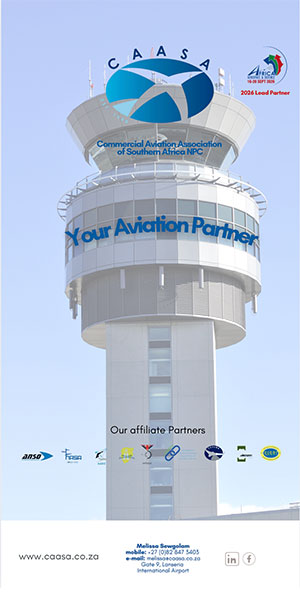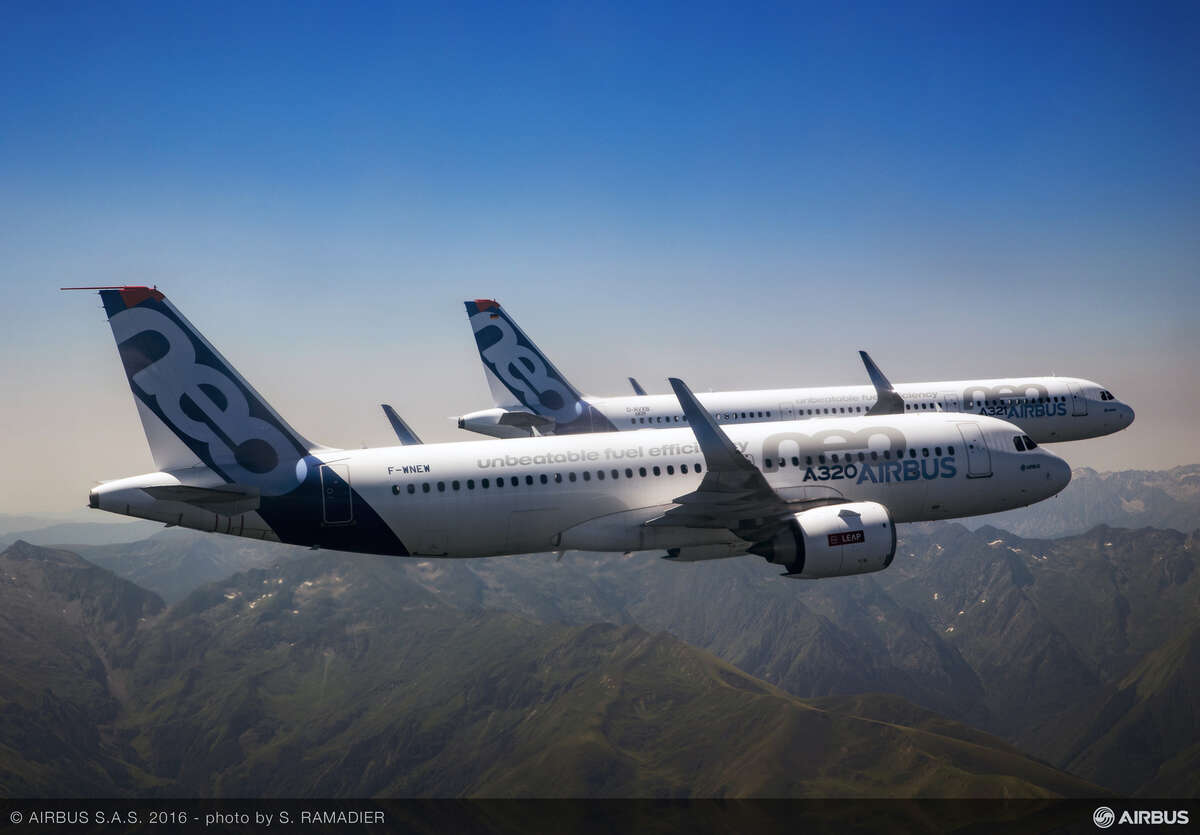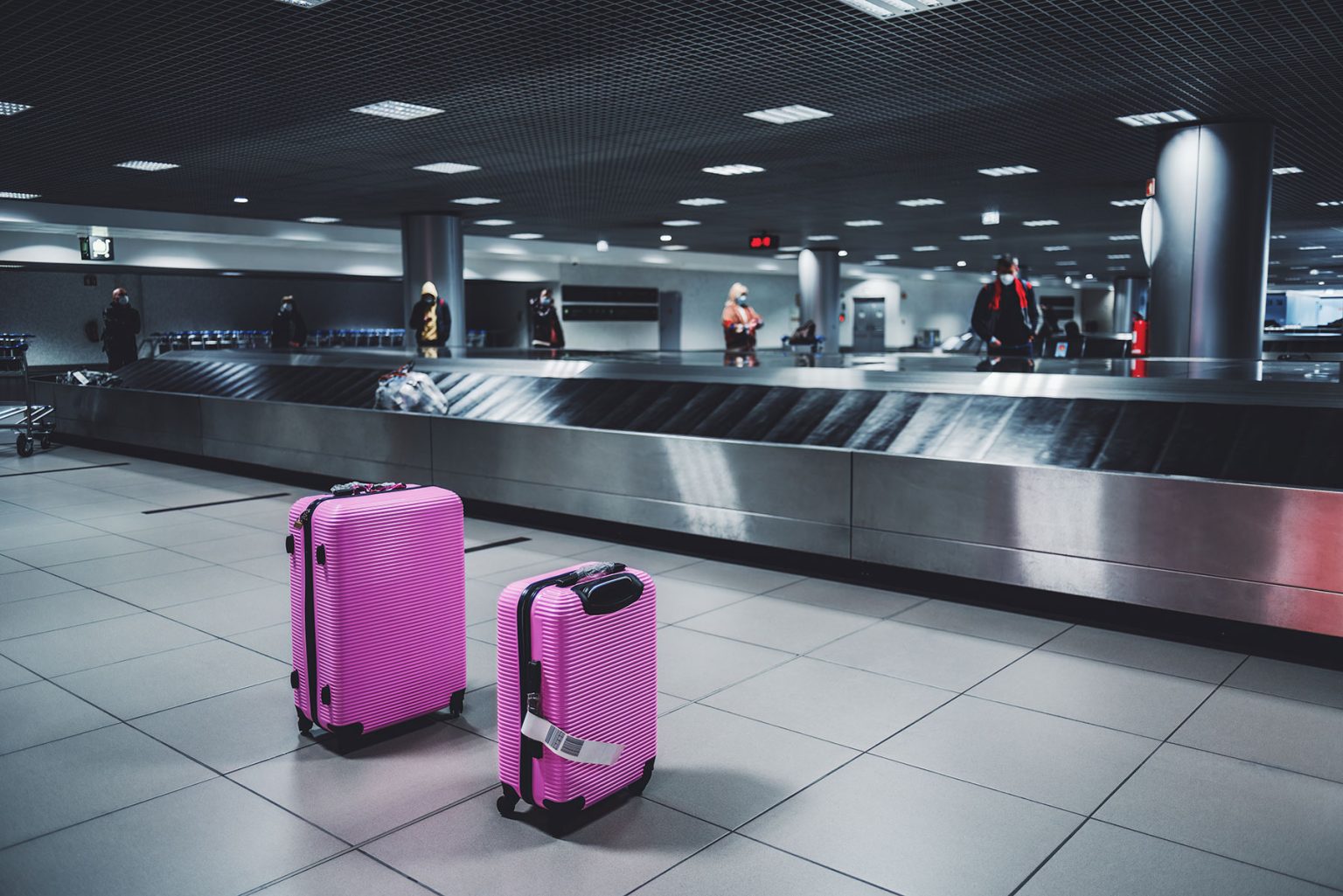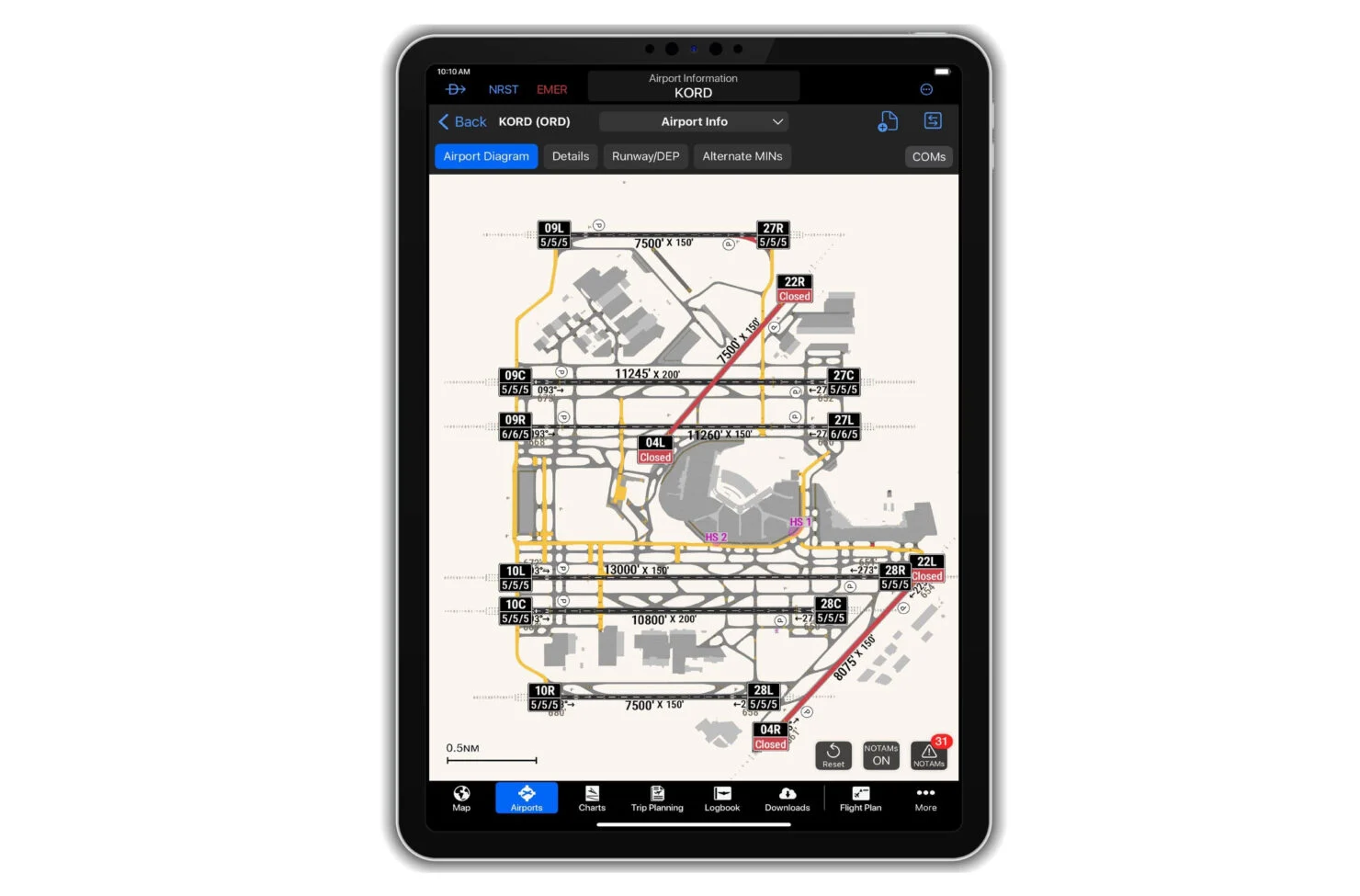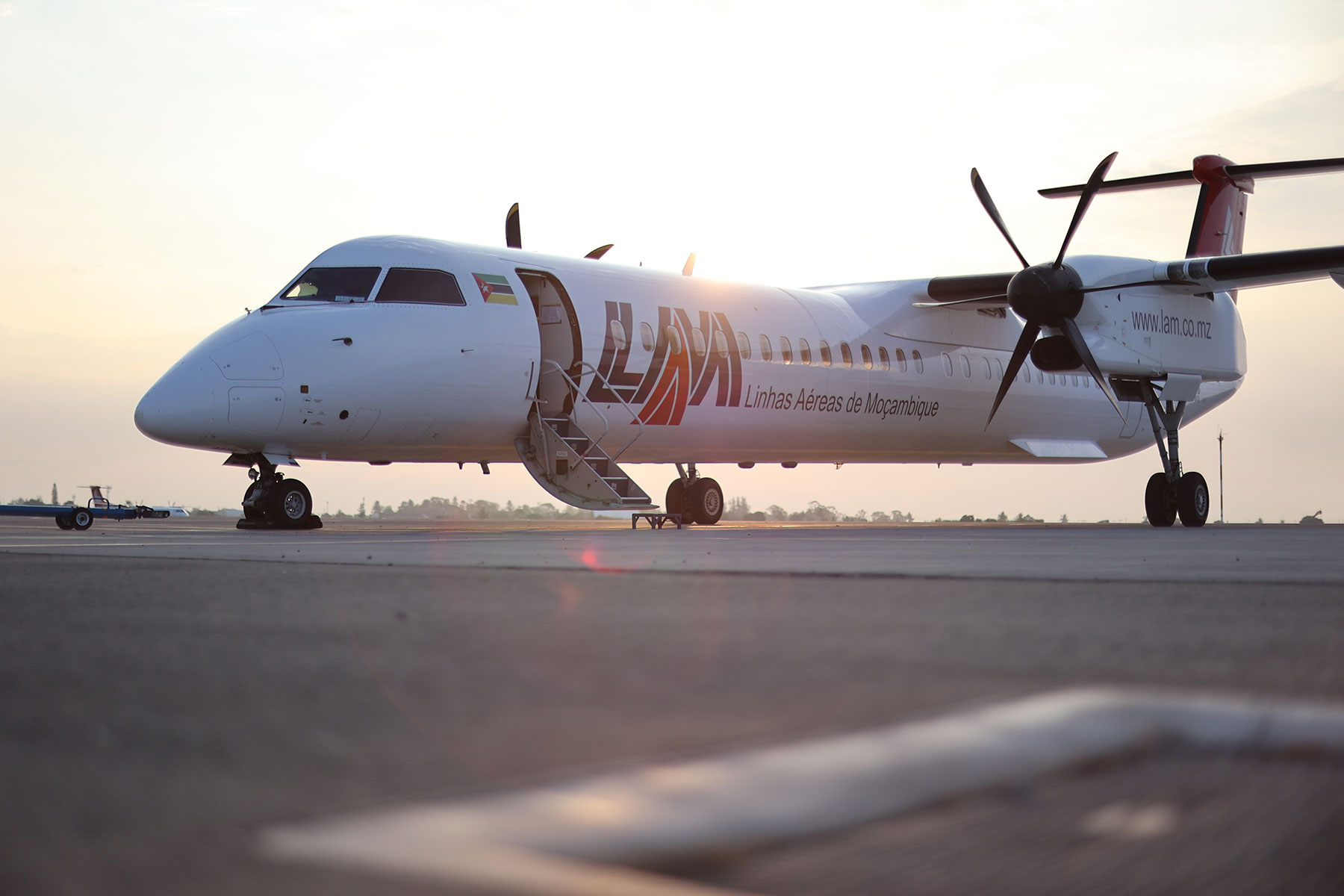Kenya’s aviation industry has continued its post-pandemic recovery, with notable improvements in passenger traffic, international connectivity, and industry capacity, according to the Economic Survey 2025 published by the Kenya National Bureau of Statistics.
Passenger Traffic
Commercial air passenger traffic in Kenya rose by 5.1%, reaching 12.83 million passengers in 2024. This growth was largely driven by a 9.6% increase in international passenger numbers, which rose to 7.28 million. Domestic passenger numbers held steady at 5.32 million.
The increase in international passengers was supported by the introduction of new airline routes and the resumption of services by several operators. Notably, Brussels Airlines resumed operations, and Kenya Airways launched a direct Nairobi–Maputo route. Other high-traffic routes included Nairobi to Brussels, New York, Bangkok, Kilimanjaro, and Mogadishu. In Mombasa, Moi International Airport saw increased traffic on routes to Dubai, Zanzibar, and Addis Ababa.
Aircraft Movements
Overall aircraft movements (landings, take-offs, and overflights) increased marginally by 1.0%, reaching 360,723 movements in 2024. While domestic movements dipped slightly to 206,315, international aircraft movements rose by 4.9%, and overflights grew by 1.7%.
Cargo and Mail
Total cargo throughput at Kenyan airports declined slightly by 1.7% to 372,993 tonnes in 2024. This included a 64.3% surge in cargo through Moi International Airport to 4,806.6 tonnes, while Jomo Kenyatta International Airport (JKIA) experienced a decline to 364,822 tonnes. Mail traffic continued its downward trend, falling from 600.5 tonnes in 2023 to 594.5 tonnes in 2024.
Economic Output and Industry Indicators
The value of output from air transport services rose by 9.7%, from KSh 319.9 billion in 2023 to KSh 350.9 billion in 2024, underscoring the sector’s economic significance.
Licensing and Training
The number of aviation personnel licenses issued increased by 5.3%, totalling 13,727. Key highlights include:
- Commercial Pilot Licenses rose to 2,159
- Air Transport Pilot Licenses increased to 1,663
- Student Pilot Licenses rose by 4.8% to 3,813
- Aircraft Maintenance Engineers increased by 8.0% to 1,151
Flight Dispatcher Licenses saw a 12% growth, reaching 477, and the number of CAA Inspectors and Air Traffic Controllers rose by 13% to 348.
Infrastructure and Operators
- JKIA and MIA remain Kenya’s primary aviation hubs.
- In the Aerodrome Category – Kenya maintained 8 international airports, 23 regional/domestic airports, and 435 airstrips Class C+.
- Scheduled airlines operating in the country stood at 81, with 77 active Air Operator Certificates and 74 Approved Maintenance Organisations.
Jet Fuel Demand and Supply Trends
Kenya’s aviation fuel market also registered a strong performance in line with the recovery of air travel. Demand for jet fuel (turbo fuel) rose by 9.9%, reaching 735.5 thousand tonnes in 2024, while aviation spirit demand surged by 69.2% to 2.2 thousand tonnes, driven by increased international airline operations.
Domestic sales of aviation fuels increased from 668.9 thousand tonnes in 2023 to 722.9 thousand tonnes in 2024, accounting for 13.9% of all petroleum sales, second only to the road transport sector. Jet fuel throughput via the Kenya Pipeline Company rose to 972.5 thousand cubic metres, a 2.5% increase, reflecting expanded airport activities and the need for a steady fuel supply. Notably, re-exports of jet fuel also climbed, particularly to markets in the UAE and the US.
Read the full report here: https://www.knbs.or.ke/wp-content/uploads/2025/05/2025-Economic-Survey.pdf
Economic Survey 2025 was published by the Kenya National Bureau of Statistics.


